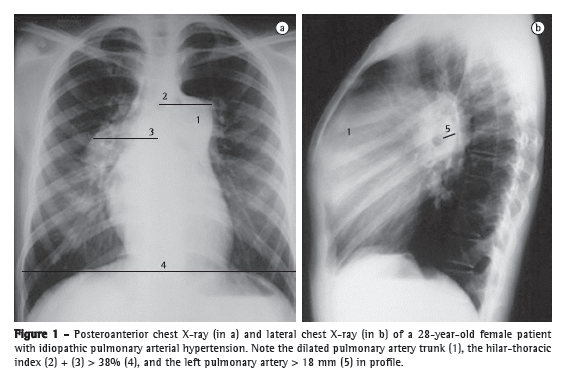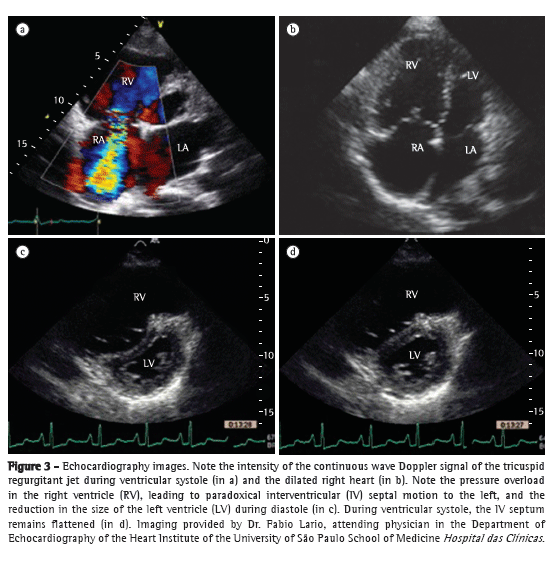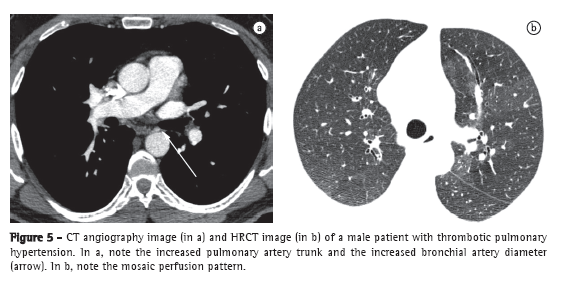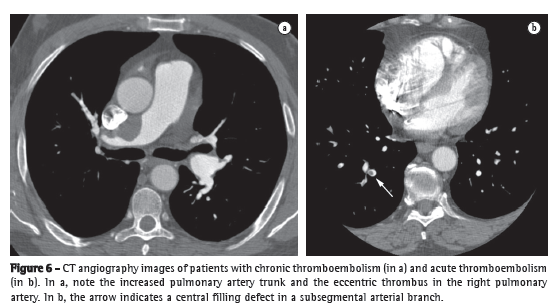

André Hovnanian, Eduardo Menezes, Susana Hoette, Carlos Jardim, Dany Jasinowodolinski, Rogério Souza
ABSTRACT
Knowledge of the structure and function of pulmonary circulation has evolved considerably in the last few decades. The use of non-invasive imaging techniques to assess the anatomy and function of the pulmonary vessels and heart has taken on added importance with the recent advent of novel therapies. Imaging findings not only constitute a diagnostic tool but have also proven to be essential for prognosis and treatment follow-up. This article reviews the myriad of imaging methods currently available for the assessment of pulmonary circulation, from the simple chest X-ray to techniques that are more complex and promising, such as electrical impedance tomography.
Keywords: Pulmonary circulation; Diagnostic imaging; Hypertension, pulmonary.
RESUMO
O conhecimento sobre a estrutura e a função da circulação pulmonar evoluiu sensivelmente nas últimas décadas. A utilização de exames de imagem não invasivos para a avaliação da anatomia e da função dos vasos pulmonares e do coração ganhou ainda mais importância com o advento de tratamentos até então indisponíveis. Além do auxílio para o diagnóstico, as informações obtidas têm se mostrado fundamentais para o estabelecimento de prognósticos e como parâmetro de sucesso dos tratamentos. A presente revisão discute os diversos métodos que podem ser utilizados para a avaliação da circulação pulmonar por imagens existentes nos dias de hoje, desde técnicas amplamente disponíveis e de relativa baixa complexidade técnica, como a radiografia de tórax, até métodos complexos e promissores, como a tomografia de impedância elétrica.
Palavras-chave: Circulação pulmonar; Diagnóstico por imagem; Hipertensão pulmonar.
Introduction






